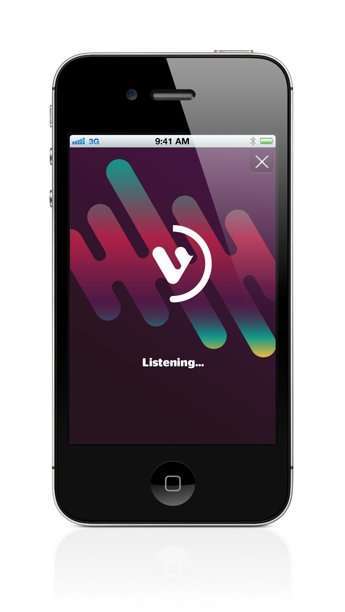Why Interactive Marketing Strategies are Necessary For an Engaging Brand Experience
Related Trend Reports
Art & Design, Fashion, Graffiti, Interactive, Lifestyle, Publicity Stunts, Social Media, Tech, Travel, World Increasing the level of customer engagement requires more than a flashy sign, catchy brand slogan or a funny commercial—it’s about interactive marketing strategies, promotions and campaigns that capture customer attention and reward them for the interaction.
Increasing the level of customer engagement requires more than a flashy sign, catchy brand slogan or a funny commercial—it’s about interactive marketing strategies, promotions and campaigns that capture customer attention and reward them for the interaction. These types of campaigns work to establish a relationship between a customer and your brand, which keeps him or her coming back over and over and over again. According to consultants Richard Cross and Janet Smith, when interactivity involves some kind of incentive, the customer usually visits more often, stays for a longer period of time and might even be willing to pay more for the product or service. “The customer gets more out of every transaction, and whatever bond they have developed with your firm is strengthened,” they state in the article ‘The New Value Equation.’
Interactivity can be part of an online or offline initiative; either way, it’s pretty effective. Consider the Skittles ‘Touch’ campaign, which comprised video spots encouraging viewers to put their fingertips on their video or computer screens to interact with the ad—for instance, to have their fingers licked by a cat. The campaign garnered over 9 million online views and helped the brand reach double-digit profit and market share growth in 2011.
Interactive marketing strategies are beloved by brands today, and it’s apparent in the numbers: According to a study from Forrester Research Inc., spending on interactive marketing will reach $55 billion in 2014 to represent 21 percent of all marketing expenditures. Trend Hunter’s research on interactive marketing underscores these stats; we’ve seen plenty of interactive marketing promotions launched by companies ranging from Nivea to Coca-Cola, and these campaigns have given rise to our interactive marketing Pro Trends, including Tune-teractive and Scan Marketing.
More examples of interactive marketing strategies and campaigns can be found in Trend Hunter’s Marketing Trend Report and Interactive Trend Report.
References: popsop, trendreports


